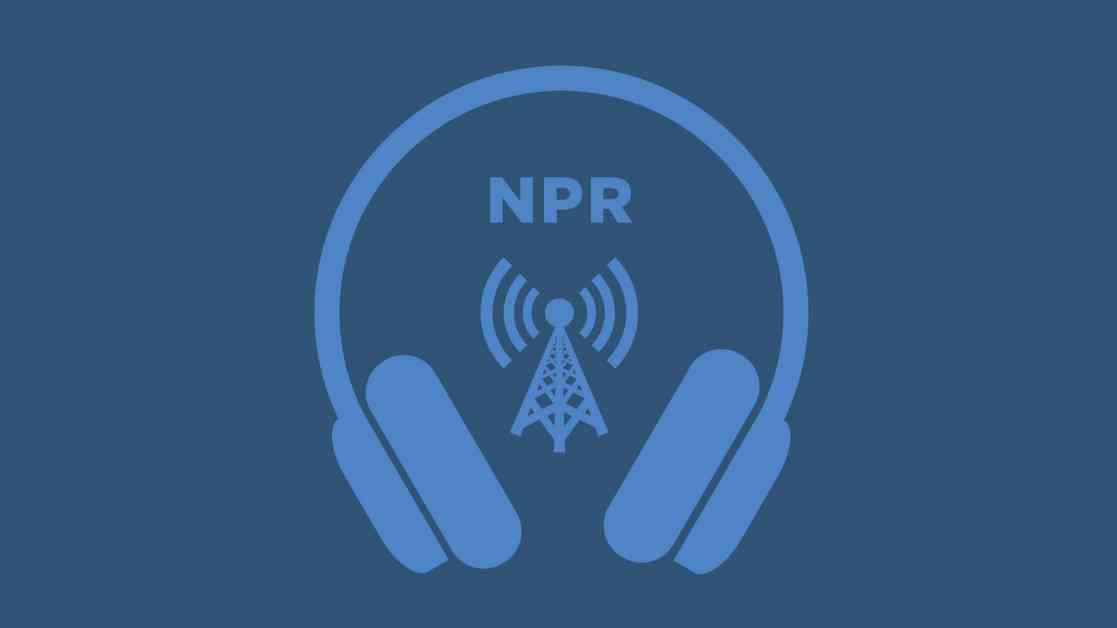**Education Policies of Presidential Candidates: A Comprehensive Analysis**
With the upcoming presidential election drawing closer, the education policies of the candidates are under scrutiny. From student loan forgiveness to universal preschool and beyond, the views of former President Donald Trump and current Vice President Kamala Harris on education issues differ significantly. Let’s delve deeper into the contrasting perspectives of these two prominent figures and explore the implications of their proposed policies.
### Closing the U.S. Department of Education: Trump vs. Harris
One of the most striking disparities between Trump and Harris lies in their stance on the U.S. Department of Education. Trump has been vocal about his intention to close the department, citing it as a symbol of liberal bureaucracy and government overreach. In a recent interview with Elon Musk, Trump reiterated his desire to dismantle the department and return education control to the states. However, the practicality of this proposal remains uncertain, as only Congress holds the authority to dissolve the department, and past attempts to do so have fallen short.
On the other hand, Vice President Harris staunchly opposes the idea of eliminating the Education Department. She views it as a vital entity that provides crucial funding for public schools, particularly those serving vulnerable populations such as students with disabilities and those in low-income communities. Harris, along with many Democrats, sees the department as a safeguard for equitable education practices and a protector of marginalized students. This fundamental disagreement underscores the broader ideological divide between the two candidates on the role of federal intervention in education.
### Education and Civil Rights: A Point of Contention
The intersection of education and civil rights has been a contentious issue on the campaign trail. The Biden-Harris administration’s expansion of Title IX protections to include sexual orientation and gender identity has sparked a heated debate, with roughly half of all states challenging the ruling in court. Trump has vehemently opposed these changes, framing them as part of what he labels as “radical gender ideology.” He has pledged to reverse these policies if reelected, signaling a stark contrast to the progressive stance taken by the current administration.
The clash over civil rights extends beyond gender identity to broader issues of equity and inclusivity in education. Harris has emphasized the importance of federal intervention to ensure that all students have equal access to quality education, drawing on her personal experiences as a product of the integration efforts in Berkeley, California. This commitment to upholding civil rights in education stands in stark contrast to Trump’s emphasis on parental autonomy and school choice, setting the stage for a robust debate on the future of educational policy in the United States.
### Promises and Proposals: Trump’s Parents Bill of Rights vs. Harris’ Universal Preschool Initiative
As the candidates outline their education plans, distinct priorities emerge. Trump has championed what he terms a “Parents Bill of Rights,” which includes advocating for universal school choice and simplifying the process of dismissing teachers. His proposal aims to empower parents by giving them greater control over their children’s education, including the option to allocate public funds towards private schooling. This vision aligns with Trump’s broader agenda of reducing government oversight and promoting individual autonomy in education.
In contrast, Harris and the Democratic camp prioritize initiatives such as universal preschool for all 4-year-olds and expanding the child tax credit to support families. These proposals underscore a commitment to early childhood education and addressing socioeconomic disparities in access to educational resources. While Trump emphasizes parental choice and market-driven solutions, Harris advocates for a more comprehensive approach that prioritizes equitable access to education for all children, regardless of their background.
### Higher Education and Student Loan Relief: Contrasting Approaches
On the higher education front, Harris has focused on existing initiatives aimed at student loan relief, highlighting the millions of borrowers who have already benefited from the Biden-Harris administration’s policies. While she has not made new promises in this area, Harris emphasizes the importance of addressing the financial burden faced by students seeking higher education. This aligns with the broader Democratic platform of supporting accessible and affordable postsecondary education for all.
In contrast, Trump’s approach to higher education centers on promoting accountability and efficiency within the system. He has expressed concerns about the influence of what he terms “pink-haired communists” in the education sector and has advocated for measures to streamline the education workforce. Trump’s emphasis on merit-based policies and performance evaluation reflects his broader vision of reforming the education landscape to align with conservative principles of individual responsibility and market competition.
### Vice Presidential Picks: Reinforcing the Candidates’ Education Agendas
The vice presidential picks of both Trump and Harris further underscore their respective education agendas. Minnesota Governor Tim Walz, a former public school teacher, aligns closely with Harris’ emphasis on public education and teachers’ unions. Walz’s background in education serves as a symbolic representation of the Democratic commitment to supporting educators and ensuring equitable access to quality schooling. Similarly, Ohio Senator JD Vance’s opposition to affirmative action and diversity initiatives resonates with Trump’s focus on meritocracy and individual achievement in education.
In conclusion, the education policies of the presidential candidates offer a glimpse into their broader visions for the future of American education. The contrasting approaches of Trump and Harris reflect deeper ideological divisions on the role of government in education, the importance of civil rights protections, and the strategies for addressing systemic inequities in the education system. As voters weigh their options in the upcoming election, these education policies will undoubtedly play a crucial role in shaping the direction of educational reform in the United States.

